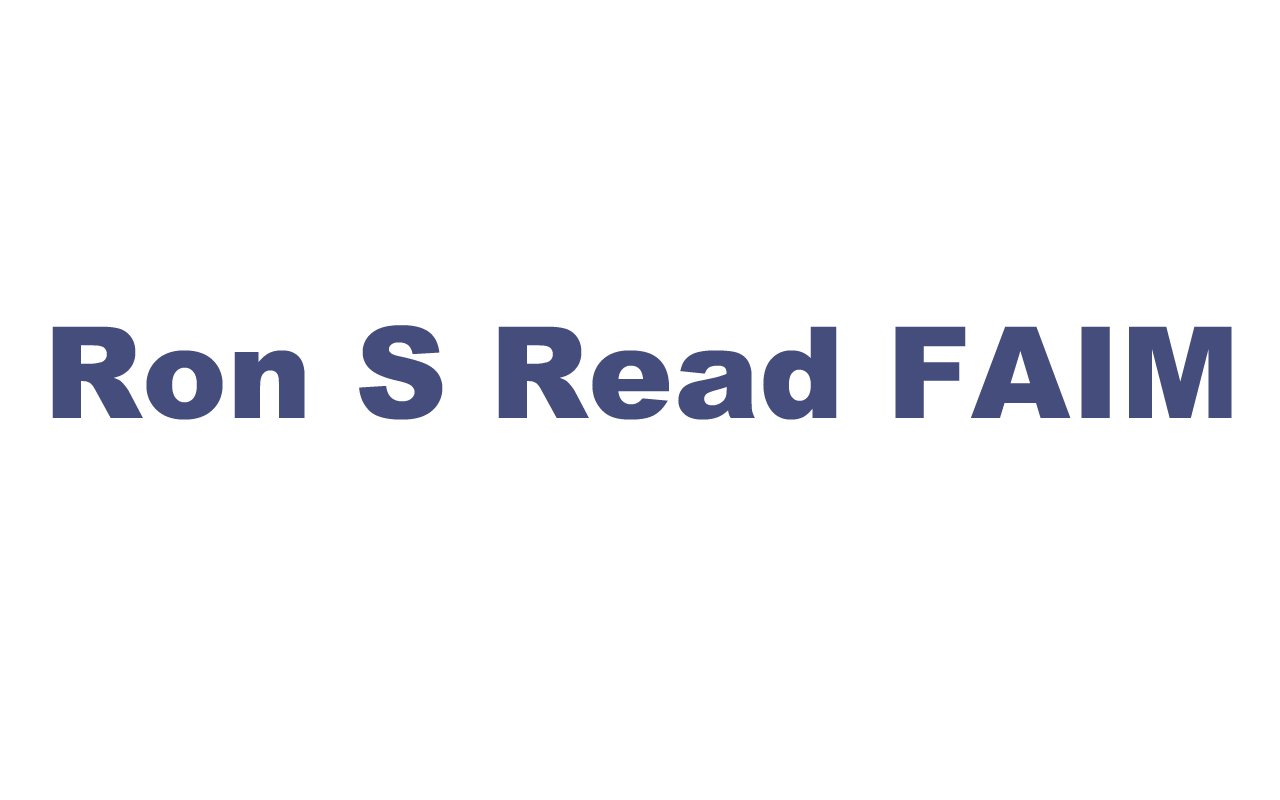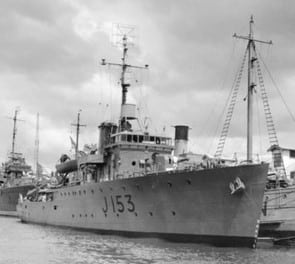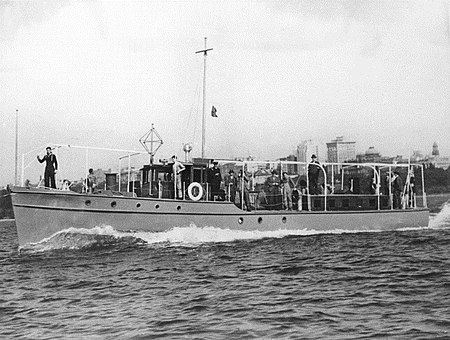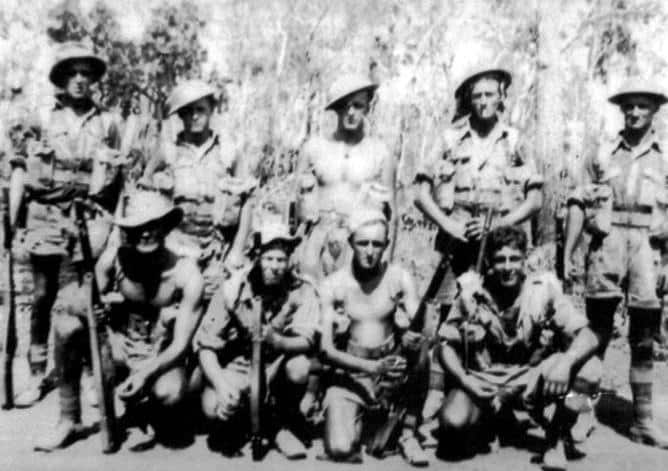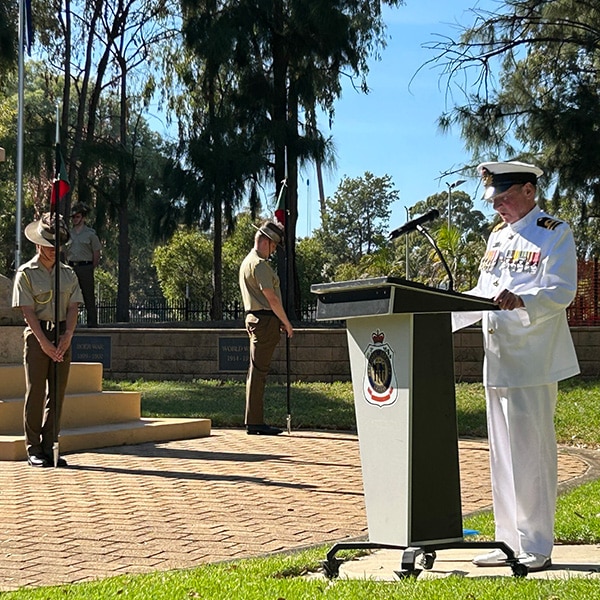A boom town from 1940s for South Australia with its steel blast furnace and ship building capabilities
South Australian Premier Thomas Playford, BHP’s (Broken Hill Proprietary Limited) company Chief Executive Mr. Essington Lewis AND the Second Word War were three major drivers which saw Whyalla on South Australia’s Spencer Gulf boom in the late 1930s and throughout the 1940s, 1950’s and 1960’s, with its steelworks and ship-building capabilities.
Premier Tom Playford was keen to continue industrializing South Australia and his government passed laws giving BHP financial incentives to build a steel blast furnace at the town it had used to ship out iron ore from Iron Knob since 1903.
Mr. Lewis, a South Australian, persuaded BHP to build the blast furnace at Whyalla but only with subsidies offered by the South Australian government. The steelworks, announced in 1937, were initially to produce pig iron for sale or use at other BHP plants.
With the outbreak of the Second World War in 1939, Whyalla dove-tailed nicely with the federal government’s need to decentralise industries such as ship-building. In 1940, BHP agreed to set up a shipyard at Whyalla. The keels for two Royal Australian Mine-sweepers (AKA Corvettes) were laid rapidly, even before the blast furnace was blown in during 1941.

The corvette HMAS WHYALLA was launched in May 1941 with another three completed that year – HMAS GAWLER, HMAS KALGOORLIE and HMAS PIRIE.
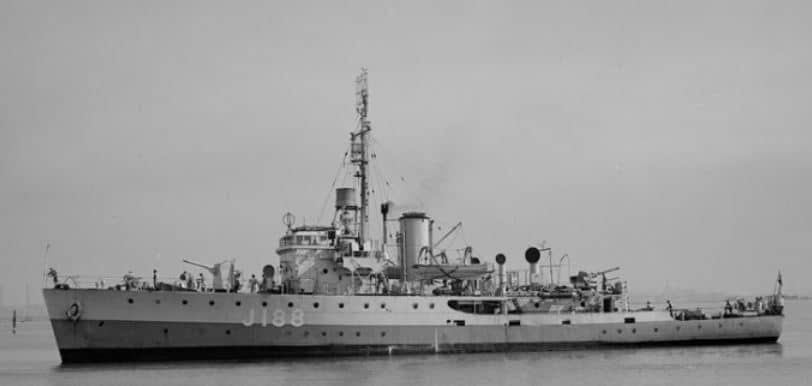
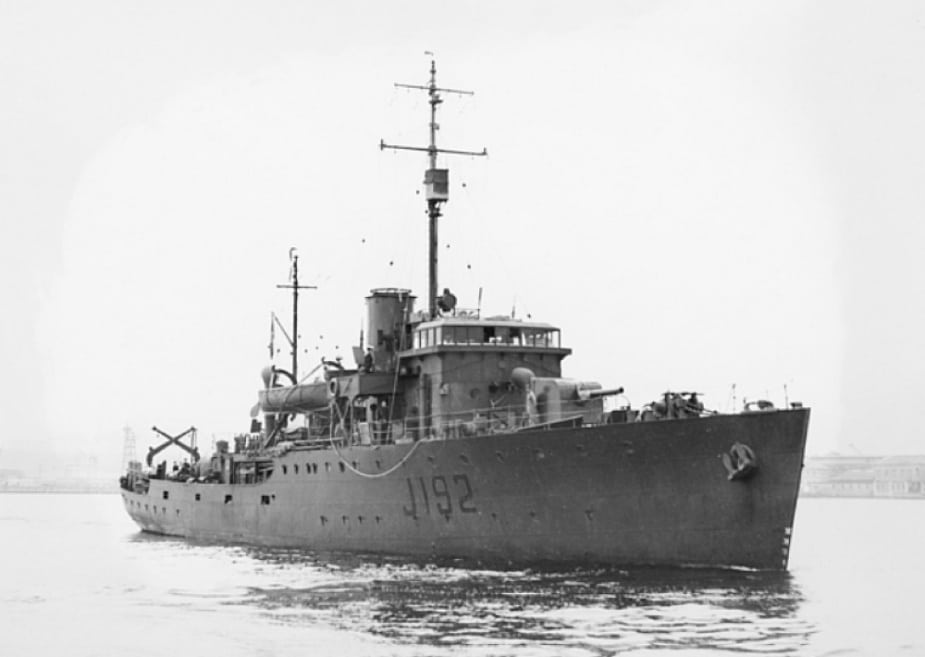
BHP also began building ships for its own needs. The Iron Monarch (8,158 tons deadweight) was the first of these, launched in 1942, with the Iron Duke (1943) and three other River Class freighters by the end of the war.
In 1947, Australia’s largest domestically built vessel, the bulk carrier Iron Yampi, was completed, topped in size by the Darling River in 1965. With the tanker Arthur Phillip in 1974, Whyalla shipyard had produced more than one million tonnes of merchant vessels.


Ships continued to be built during the 1940s with immigration solving a labour shortage but delays came from strikes for better pay and conditions. BHP adopted all-welded construction (starting with the Iron Dampier) in the late 1950s while slipways were extended and cranes increased to enable prefabrication.
In the 1960s, Whyalla shipbuilding and engineering works entered a technical co-operation agreement with Ishikawajima-Harima Heavy Industries Company of Tokyo.
Submersible oil rig Ocean Digger was its most unusual commission in 1967.
Adding to labour problems, a 1970 fire at the yard gutted half-built tanker Amanda Miller.
Ships, including the world’s first gas turbine-electric powered ship, Seaway Prince in 1975 continued to be built and launched but the Zincmaster, the 59th ship built, was cancelled twice.

The last large ship – the 68th – the Iron Curtis was handed over to the owners in August 1978.
Shortly thereafter, the shipbuilding yard was shut down and 1,800 workers made redundant.
Over the course of 2024, I will post interesting stories on the history of the seven (7) other Australian shipyards, all of which built a significant number of warships for the Royal Australian Navy between 1940 and 1980.
